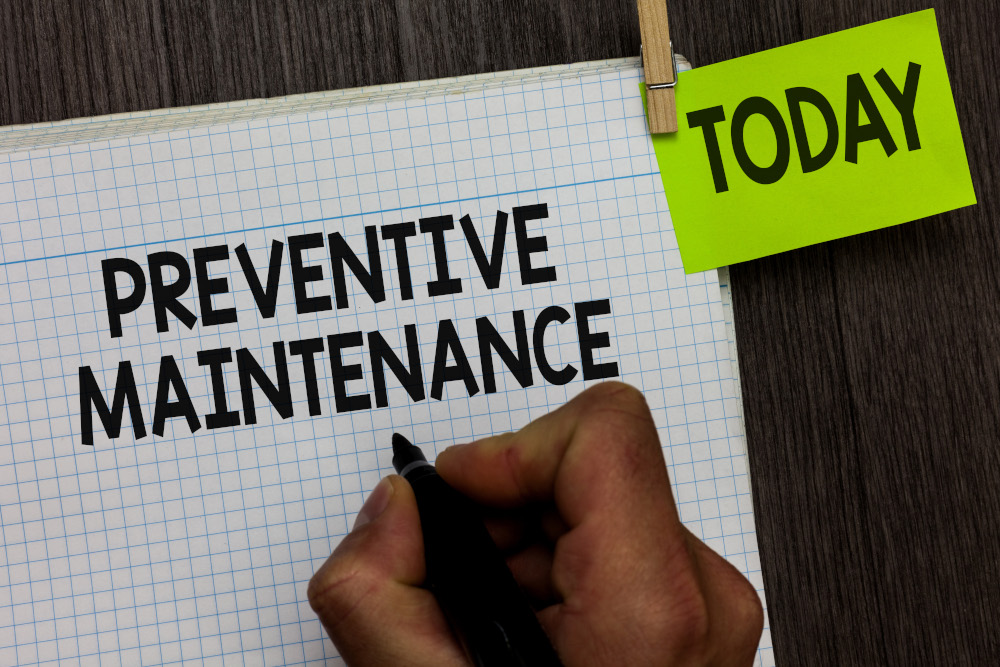A few years ago, I got a call to visit a plant because their machine was making a strange noise. As soon as I arrived, I could hear the machine pounding from the parking lot. We found that two small clamps, which usually hold the ball trays in place, were missing. These parts cost less than $100.
Sadly, the issue had been going on long enough that the missing clamps had caused significant damage. They had destroyed three ball trays and, from the banging back and forth, had dug a groove into the wood at the front of the cleaner. This ended up costing the plant vastly more in repair costs in comparison to a proactive maintenance program, plus two days of unplanned downtime.
This is a perfect example of the old saying “a stitch in time saves nine.” Taking care of issues immediately, even when you don’t know exactly what they are, is crucial.
Of course, preventative maintenance is always best. Don’t wait for noises or obvious signs of trouble.
We know that over time, parts of any equipment will eventually fail. Preventive maintenance helps us avoid unexpected breakdowns and the costly repairs and downtime that come with them.
The checklist for preventive maintenance is simple:
- Be proactive: This means checking the equipment when things aren’t broken and when there’s time in the schedule.
- Use lists: We can provide checklists specific to the individual machines. If we sold the machine, we supply a detailed list of items to look at. This is often all the information a customer needs in order to do a thorough inspection of their equipment.
- Do on-site inspections: For those who want additional support, my team can go on-site to conduct maintenance inspections and help you avoid issues. We’ve also integrated this process with customer training. Our team can work alongside your people during inspections, turning it into a training session.
This way, next time, your team can be self-sufficient and won’t need us to come out.
When is the right time to totally replace an older piece of equipment? You should consider replacing equipment when times are good and you can afford it, rather than waiting until it’s worn out and causing trouble.
No matter your own situation, preventive maintenance helps us avoid unexpected breakdowns and the costly repairs and downtime that come with them. Taking care of issues immediately, even when you don’t know exactly what they are, is the best — and I’d argue the only — approach to take.









